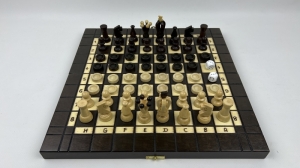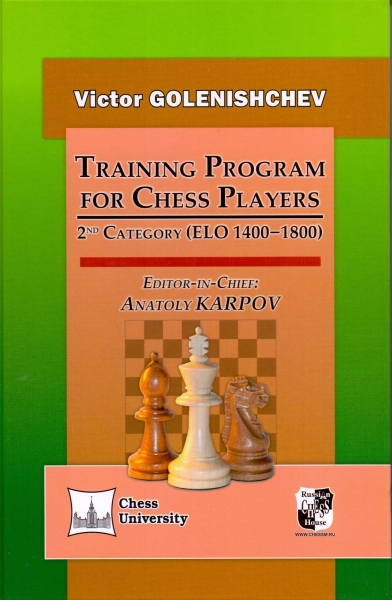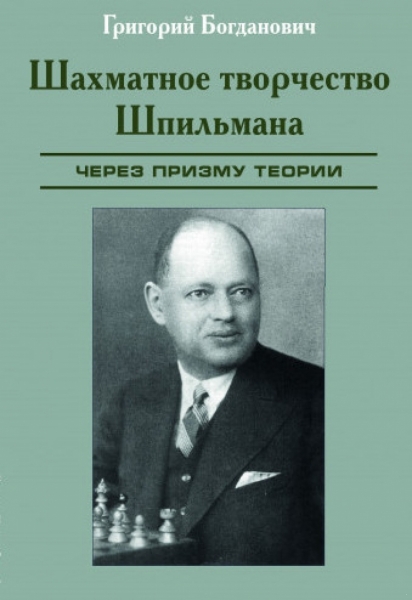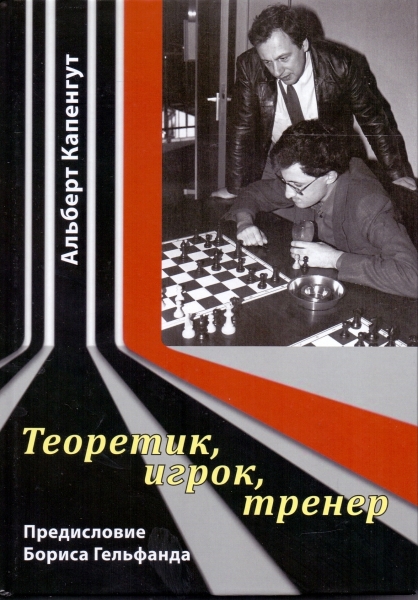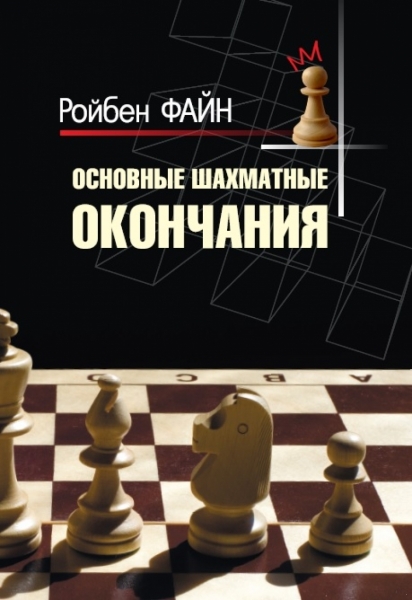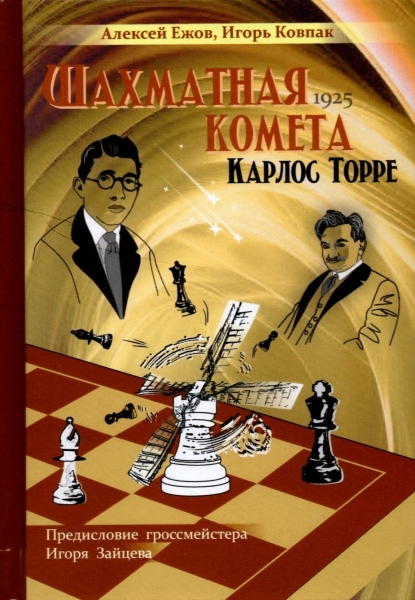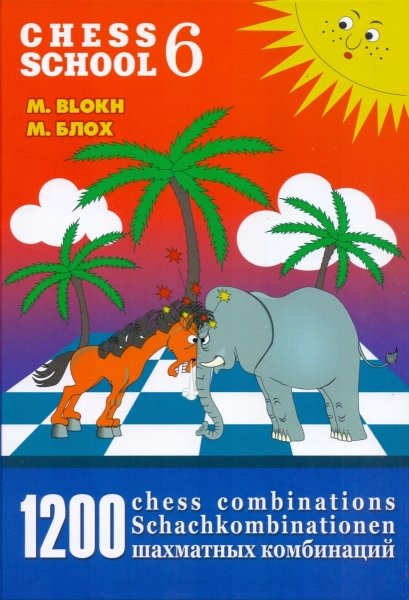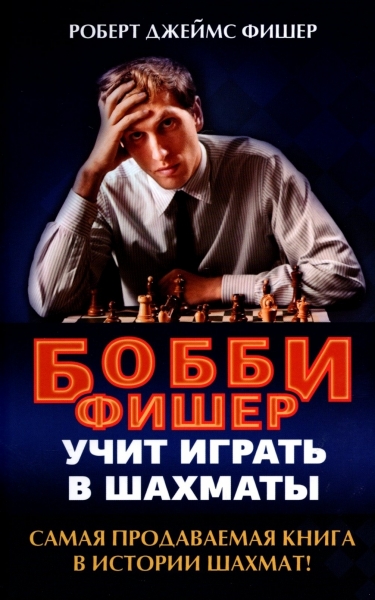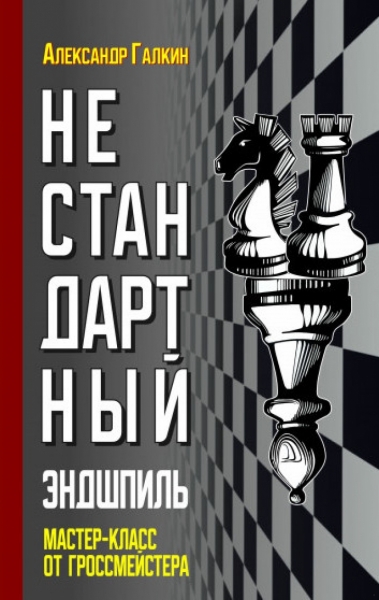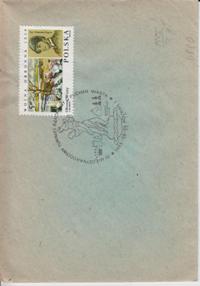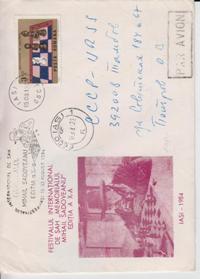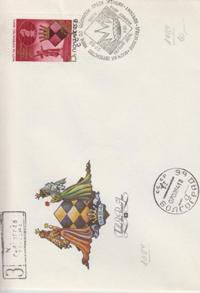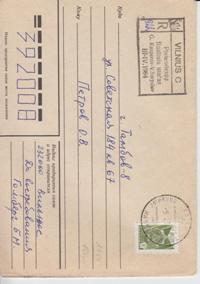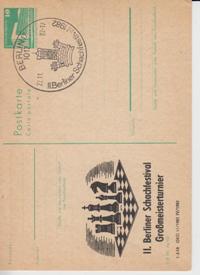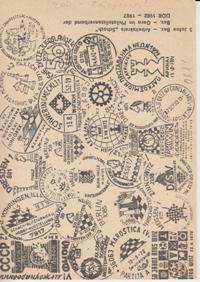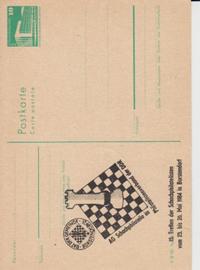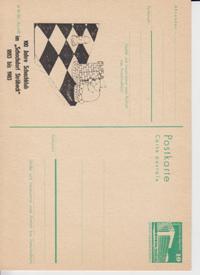Author:
Kapengut
An outstanding theorist and successful coach shares his memories of communication and cooperation with Mikhail Tal, Anatoly Karpov, Isaac Boleslavsky, Elena Akhmylovskaya and other outstanding chess players. Separate large chapter – a story about many years of work with Boris Gelfand: over these years (1980-1993) the student went from a 12-year-old candidate for master to the holder of the 3rd rating in the world.
Albert Kapengut – winner of 6 gold medals at the World Student Olympics, seven-time champion of Belarus, participant in the individual and team championships of the USSR among men, champion of the USSR as part of the Burevestnik team. The book includes 70 games commented in detail by the author, a careful study of which will help the reader not only better understand popular opening schemes, but also get a taste for serious analytical work.
“My story is not so much about a career, although “you can’t erase words from a song,” but about memorable situations, often funny, sometimes absurd, and dotted about people I met along the way, sometimes with touches of biography, prompting readers to become interested in more complete information.” ;" (A. Kapengut).
For a wide range of chess lovers.
43.33 $
 Chess clock Garde - ART P-11
200.00 $
Chess clock Garde - ART P-11
200.00 $
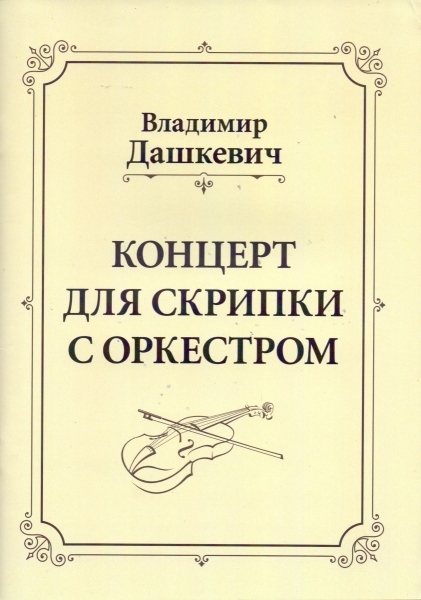 Concert for violin and orchestra
Author:
Concert for violin and orchestra
Author: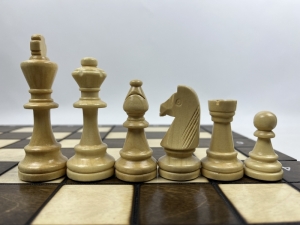 Wooden chess pieces with weighting Staunton 6 with wooden board 48 cm
123.75 $
Wooden chess pieces with weighting Staunton 6 with wooden board 48 cm
123.75 $
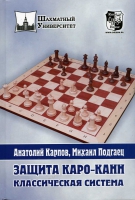 Defense of the Caro-Cannes. Classical system
Author:
Defense of the Caro-Cannes. Classical system
Author: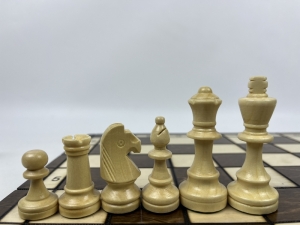 Staunton 4 Wooden Chess Pieces with 40 cm board
92.25 $
Staunton 4 Wooden Chess Pieces with 40 cm board
92.25 $
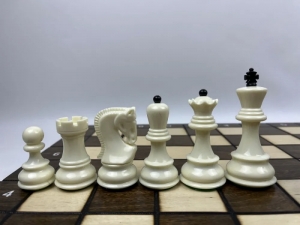 Dubrovnik-Zagreb - Bobby Fischers favorite chess set with a wooden board
119.25 $
Dubrovnik-Zagreb - Bobby Fischers favorite chess set with a wooden board
119.25 $
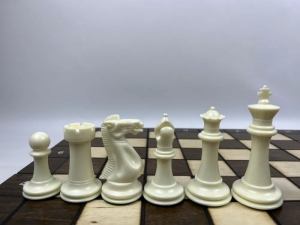 Royal Staunton weighted chess set with wooden board.
108.00 $
Royal Staunton weighted chess set with wooden board.
108.00 $
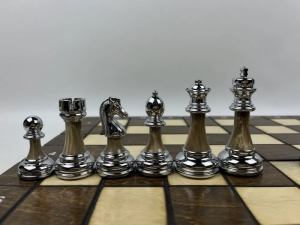 High quality acrylic + metal heavy chess pieces with 48cm wooden board.
239.73 $
High quality acrylic + metal heavy chess pieces with 48cm wooden board.
239.73 $
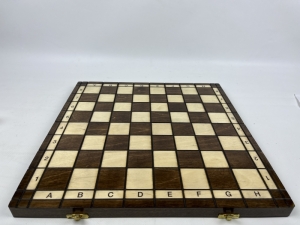 Wooden chessboard without pieces 40 cm / Poland Madon
70.00 $
Wooden chessboard without pieces 40 cm / Poland Madon
70.00 $
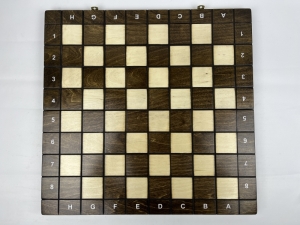 Large wooden chessboard without figures / Poland Madon
87.50 $
Large wooden chessboard without figures / Poland Madon
87.50 $
 Русский
Русский  Английский
Английский 